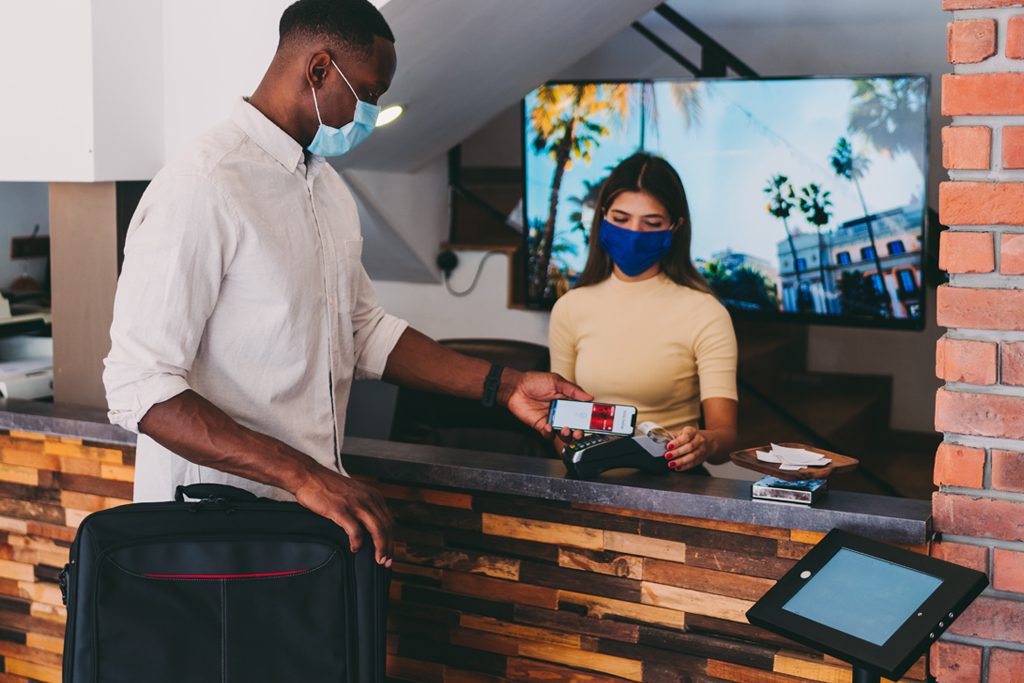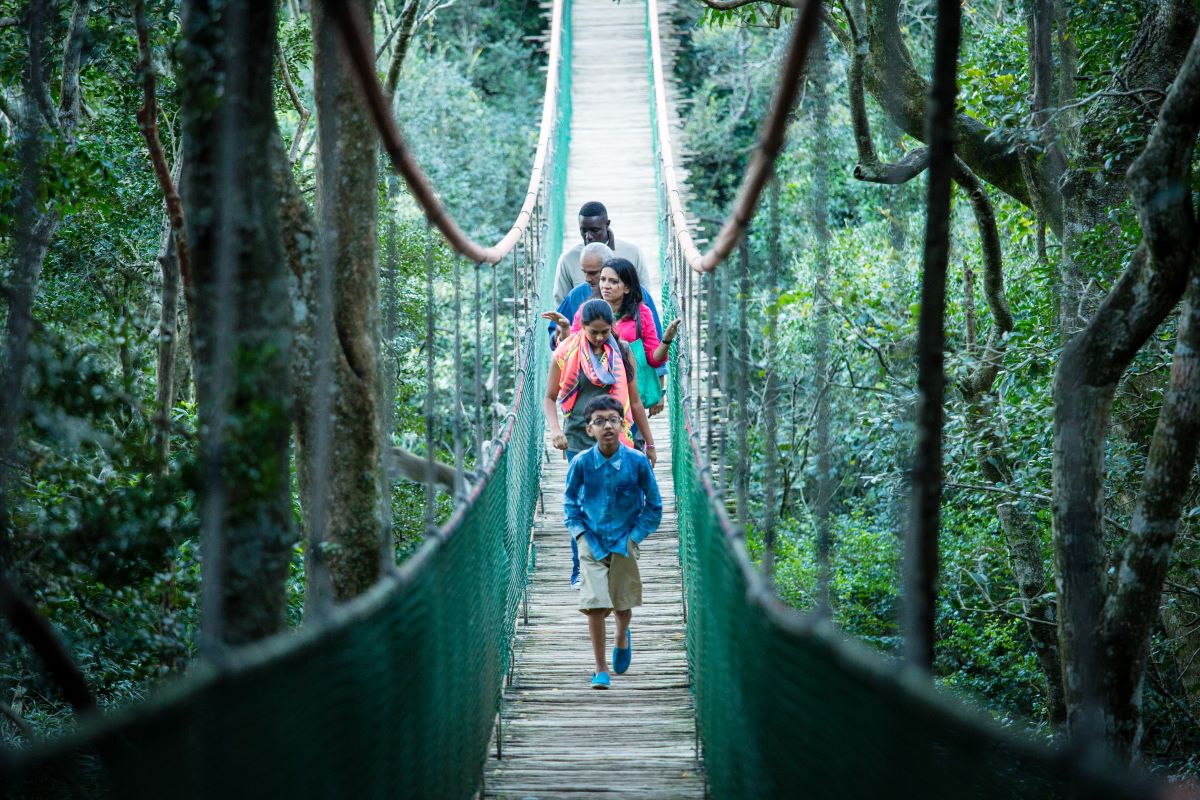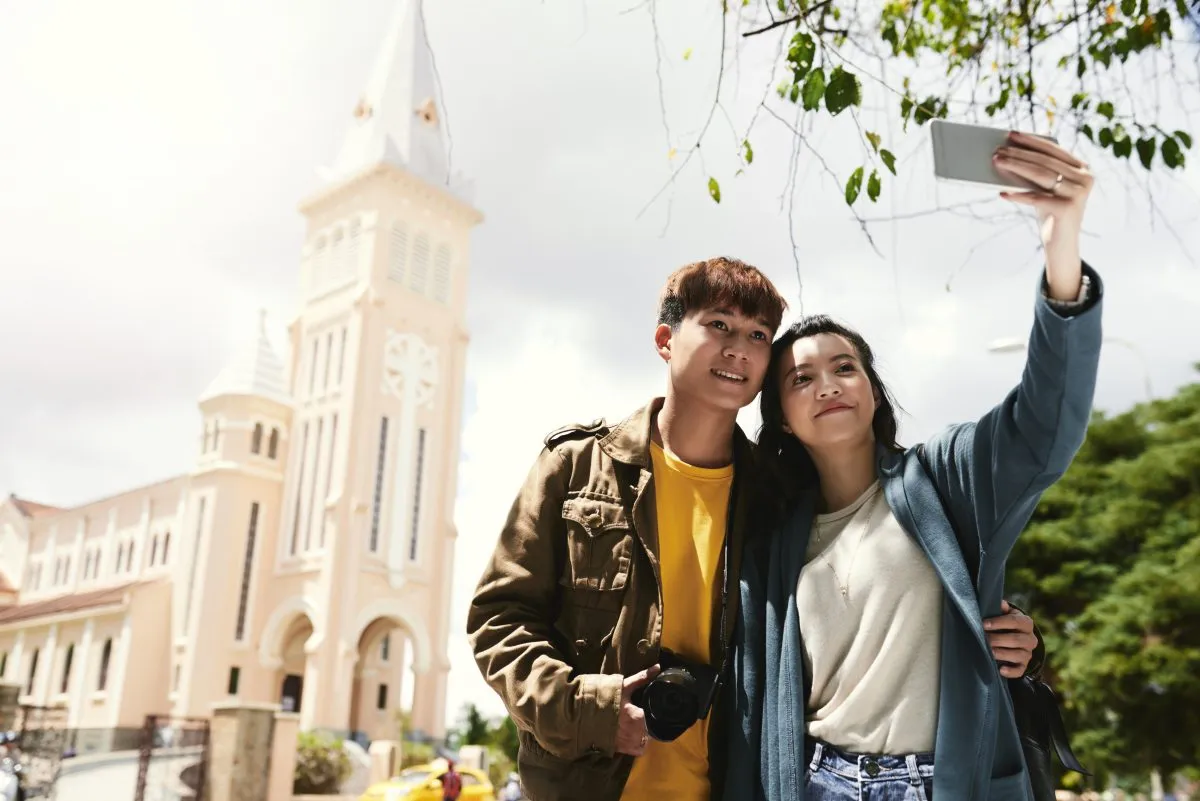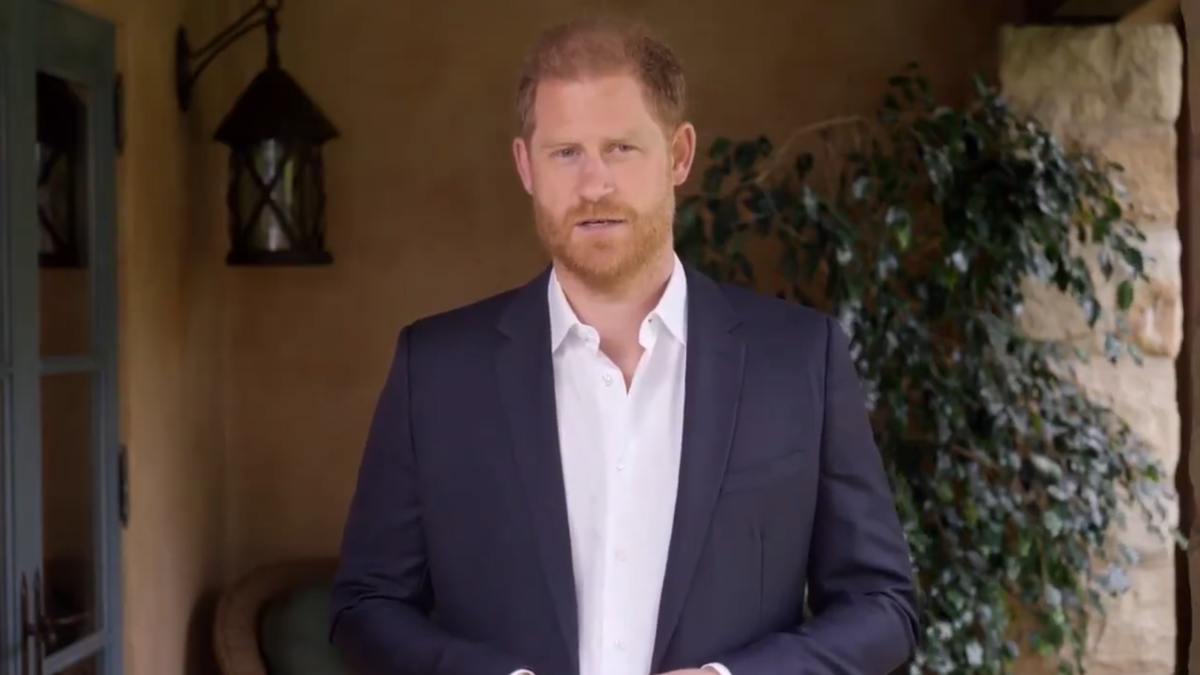How Covid-19 Is Reshaping Consumer Behavior — and What That Means for Travel Brands Right Now

Skift Take
This sponsored content was created in collaboration with a Skift partner.
In only a few short months, the travel and hospitality industry has become nearly unrecognizable compared to the days of early 2020 due to Covid-19’s impact. While recovery is uneven both across the U.S. and the world itself, there is a strong desire to return to normal, which is increasingly being reflected in recent travel trends.
At the same time, new consumer and brand behaviors are emerging that will inform what the travel and hospitality industry will look like in the future. Travel companies that are paying attention to and adapting to these shifts are the ones that will be able to best evolve to this new normal. According to Sooho Choi, executive vice president and global head of travel and hospitality at Publicis Sapient, “Long-term recovery will require a mindset shift toward digital transformation and leaner organization structures.” SkiftX spoke to Choi to learn more.
SkiftX: What are some consumer behaviors that travel brands should be focusing on right now to adapt to today’s world?
Sooho Choi: Health and safety are front and center. Communicating what steps your brand is taking is important, but consistency and execution is even more critical. Customers will still have reservations about starting to travel again and will need an extra level of assurance beyond a marketing message. For example, a major airline recently turned a flight around when passengers declined to wear a mask — it’s this level of authenticity that customers are looking for in order to feel safe again.
The team at Publicis Sapient just published the results of a global survey that we’re calling The Digital Life Index, and we found that 92 percent of participants cited health and safety standards as one of the top three factors when choosing an airline. With safety, you won’t be able to make everyone happy, but consistency and authenticity are good places to start.
Our research also found that 78 percent of respondents said that the ability to use contactless technology was one of the top three factors when choosing a hotel. In the past, travelers have ranked the quality of their experience higher based on the number of interactions they have with staff. That’s changed now: No interaction doesn’t mean a poor interaction. With contactless and self-service technologies, you can continue to drive interaction without a person fronting the experience.
Covid-19 has become one of the biggest catalysts for digital transformation in the C-suite, and it’s going to be important for organizations to invest in this technology. The ability to navigate this in an agile, customer-focused way, armed with data-driven decision-making and digital solutions, is going to play a major role in how brands get this right.
SkiftX: How do you see this playing out long-term?
Choi: There’s the way brands engage with their customers and work to understand consumer behavior, and there’s how they prepare for economic impact. It’s looking at the industry in an entirely new way.
In terms of how they engage, brands need to enable their customers to interact digitally, whether it be through digital kiosks, mobile apps, or biometric data. While this isn’t always the case, digitally native brands are going to have an easier time doing this compared with larger legacy brands that are often burdened with aging technologies.
In terms of economic impact, as we near the fall, the extent of the effects and duration of the downturn as a result of Covid-19 is starting to take shape. For example, during the last week of July 2019, 2.7 million people flew through TSA checkpoints in the U.S., compared to 751,000 during the same week in 2020. While I believe the future of travel will be positive, there’s no denying the economic impact. We will see many smaller and independent players struggle amongst an increase in acquisitions, consolidation, and fierce competition.
SkiftX: What are some of the changes travel brands can make? What are the new opportunities?
Choi: The travel industry has historically been built around business and leisure: in how they represent their brands, how they approach sales and distribution, and how they acquire their customers. Many traditional brands have grown through frequent business travelers, such as the consultants at Publicis Sapient. The core business traveler segment for many full-service airlines and hotels has been decimated, and we have to acknowledge that it’s going to be a while before this audience returns in full force. As brands look beyond Covid-19, they will have to mature their approach and insight into their customers and consumer behavior. For example, if I normally travel for business and I decide to take a vacation, most hotel brands won’t know that I’m there now as a leisure traveler.
One of the benefits of my role at Publicis Sapient is to observe the best practices across industries and apply them to our travel & hospitality segment. I believe that as the industry continues down the path toward digital transformation, a much deeper understanding of their customers will drive competitive advantage and the next generation of travel. The winners will be able to translate customer insight into opportunity quickly.
It’s also time to reevaluate the relationship with online travel agencies (OTAs). OTAs are good at customer acquisition, targeted marketing, and personalized offerings — and they primarily focus on the leisure audience. But it’s important for brands now to re-engage with those travelers directly. Not only will they have to better understand the audience they do have and foster those relationships, but they’ll also have to find the opportunities to engage and learn about the broader audience that includes leisure travelers.
Finally, travel and hospitality brands should define adjacent business models to service customers more comprehensively. This goes beyond ancillary revenue from things like meals, baggage fees, and seat room. Many travel brands have the foundation and scale to expand their business territories in areas such as retail, food and beverage, entertainment, financial services, etc. Beyond the flight or stay, these new categories have to be informed by a better understanding of the customer.
SkiftX: How will data play a role in how travel brands adapt?
Choi: Data is the way to actualize much of what I’ve been talking about. The richness of first-party and third-party data that brands have access to has grown dramatically. Using it to provide the traveler with relevant experiences has always been the goal, but that goal has now been magnified. Companies that have customer data platforms will be able to activate against that data and provide more value to customers than those with data in siloes. Many of our clients are starting to or are already consolidating their datasets in order to get a 360-degree view of their customers, consisting of full customer profiles that look beyond the loyalty program they’re in.
There's also a new wealth of data around health, biometrics, location, and contact tracing, though of course, we need to be careful about how that's applied and regulated. This area is still somewhat nascent, but it is coming. The key here will be to use that data to service the customer and understand new consumer behavior, while helping the collective and supporting the overall good.
SkiftX: The economic impact of the pandemic calls for leaner organizational structures. What are some factors that travel brands need to consider here?
Choi: In general, the bigger a company gets, the more complex it becomes and the longer it takes to make things happen. Additionally, a lot of the bigger brands in travel — especially airlines and hotel companies — structure their organizations around individual steps in the journey and are beholden to legacy technologies. As a result, you have these pillars of workers that are very good at just one thing.
This specialization isn't necessarily going to go away — and I'm not suggesting that it should. But legacy brands should look to digitally native travel companies that excel at getting digitally focused products and services to market quickly. They’ll have to become more agile in their operations and organizational structures in response to new consumer behaviors. This means smaller, multi-faceted, multi-dimensional teams are going to have to replace large, scale-driven approaches. Employees will need to learn new skills, move faster, and experiment more in order to respond to or get ahead of shifting customer expectations and market changes.
SkiftX: Is there anything else that travel brands should be thinking about to adapt to post-pandemic life and beyond?
Choi: This is a pivotal moment, especially as we approach 2021. It presents the opportunity to rebuild your brand to be more customer-focused and digitally led to achieve the responsiveness of startups and digital natives, while tapping into the data and tools that you already have. The acceleration of digital technologies that’s taking place is exciting to witness. It’s been a long time coming, so we’re looking forward to seeing how it all progresses, as well as participating in that transformation with the brands we work with.
This content was created collaboratively by Publicis Sapient and Skift’s branded content studio, SkiftX.




